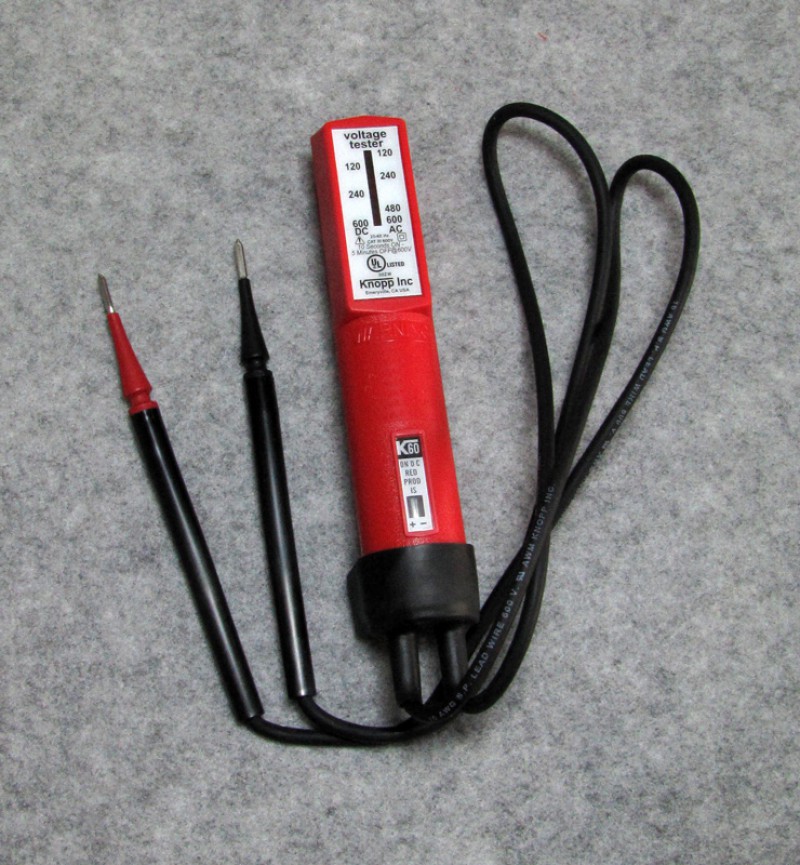ELT#1
Member
- Location
- Winston Salem NC
I was separating the grounds from the neutral bus after installing bonded ground busses in my 200 amp panel.
I had most all of the grounds pulled out and was carefully feeding them to the new ground bus.
I notice after several bites that one ground seemed to have a voltage on it.
I pull out the Fluke and sure enough it has 38 VAC on it.
I follow the black lead to the breaker and turn it off.
I then started checking outlets in the house to determine which one was off.
Well it turned out to be the GFI that fed the Fisher Paykel washer.
I pull the electrical cord that connects the washer to the outlet.
I returned to the panel and no more voltage.
Now I am baffled, should that GFI have tripped? I replaced the GFI with a new one.
No help, the ground was still there when the washer was plugged in.
I made a rig the isolated the ground on the washer cord and checked the voltage to ground.
It was still there.
I called my buddy that owned a FP washer and had him check his washer.
Well, guess what? His had 38 VAC on the ground also.
Now I am wondering if others have this problem. I know where there is one other FP washer and tomorrow I will check it for grounding voltages.
I would like to know if anyone has run across this in their daily work.
I had most all of the grounds pulled out and was carefully feeding them to the new ground bus.
I notice after several bites that one ground seemed to have a voltage on it.
I pull out the Fluke and sure enough it has 38 VAC on it.
I follow the black lead to the breaker and turn it off.
I then started checking outlets in the house to determine which one was off.
Well it turned out to be the GFI that fed the Fisher Paykel washer.
I pull the electrical cord that connects the washer to the outlet.
I returned to the panel and no more voltage.
Now I am baffled, should that GFI have tripped? I replaced the GFI with a new one.
No help, the ground was still there when the washer was plugged in.
I made a rig the isolated the ground on the washer cord and checked the voltage to ground.
It was still there.
I called my buddy that owned a FP washer and had him check his washer.
Well, guess what? His had 38 VAC on the ground also.
Now I am wondering if others have this problem. I know where there is one other FP washer and tomorrow I will check it for grounding voltages.
I would like to know if anyone has run across this in their daily work.




